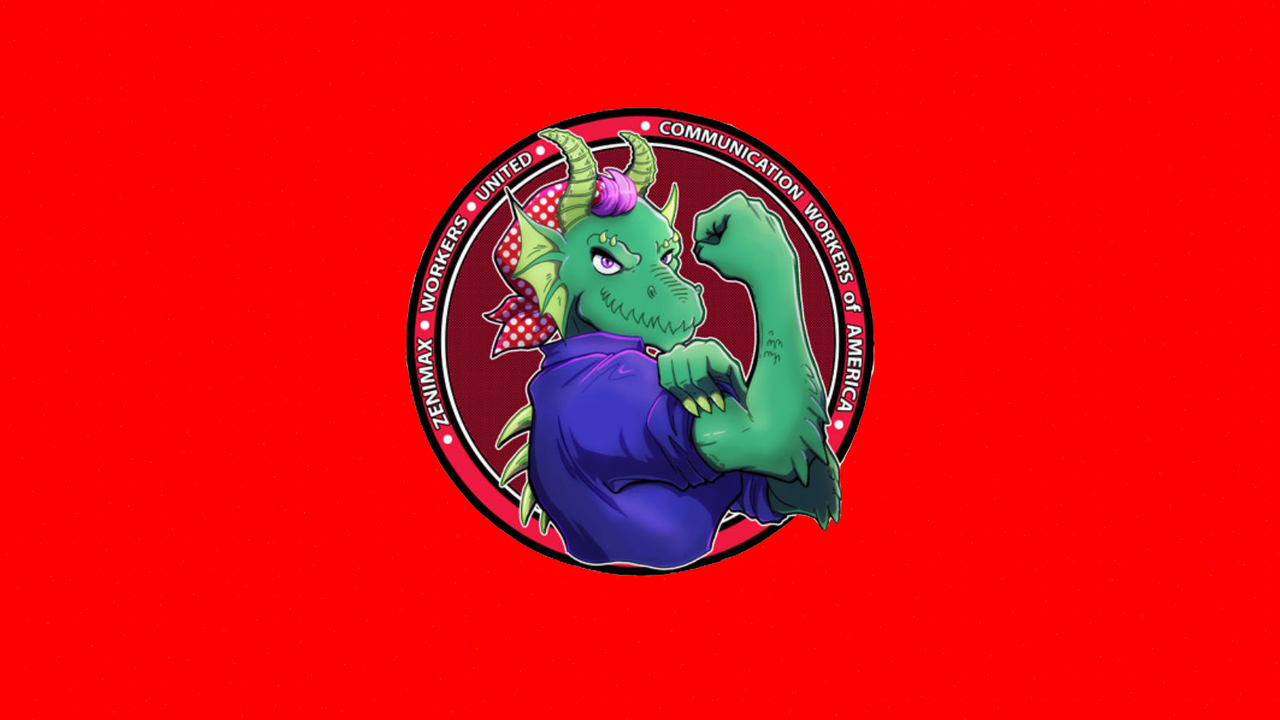The stunning reversal of humanity’s oldest bias
Perhaps the oldest, most pernicious form of human bias is that of men toward women. It often started at the moment of birth. In ancient Athens, at a public ceremony called the amphidromia, fathers would inspect a newborn and decide whether it would be part of the family, or be cast away. One often socially acceptable reason for abandoning the baby: It was a girl. Female infanticide has been distressingly common in many societies — and its practice is not just ancient history. In 1990, the Nobel Prize-winning economist Amartya Sen looked at birth ratios in Asia, North Africa, and China and calculated that more than 100 million women were essentially “missing” — meaning that, based on the normal ratio of boys to girls at birth and the longevity of both genders, there was a huge missing number of girls who should have been born, but weren’t. Sen’s estimate came before the truly widespread adoption of ultrasound tests that could determine the sex of a fetus in utero — which actually made the problem worse, leading to a wave of sex-selective abortions. These were especially common in countries like India and China; the latter’s one-child policy and old biases made families desperate for their one child to be a boy. The Economist has estimated that since 1980 alone, there have been approximately 50 million fewer girls born worldwide than would naturally be expected, which almost certainly means that roughly that nearly all of those girls were aborted for no other reason than their sex. The preference for boys was a bias that killed in mass numbers.But in one of the most important social shifts of our time, that bias is changing. In a great cover story earlier this month, The Economist reported that the number of annual excess male births has fallen from a peak of 1.7 million in 2000 to around 200,000, which puts it back within the biologically standard birth ratio of 105 boys for every 100 girls. Countries that once had highly skewed sex ratios — like South Korea, which saw almost 116 boys born for every 100 girls in 1990 — now have normal or near-normal ratios. Altogether, The Economist estimated that the decline in sex preference at birth in the past 25 years has saved the equivalent of 7 million girls. That’s comparable to the number of lives saved by anti-smoking efforts in the US. So how, exactly, have we overcome a prejudice that seemed so embedded in human society?Success in school and the workplaceFor one, we have relaxed discrimination against girls and women in other ways — in school and in the workplace. With fewer limits, girls are outperforming boys in the classroom. In the most recent international PISA tests, considered the gold standard for evaluating student performance around the world, 15-year-old girls beat their male counterparts in reading in 79 out of 81 participating countries or economies, while the historic male advantage in math scores has fallen to single digits. Girls are also dominating in higher education, with 113 female students at that level for every 100 male students. While women continue to earn less than men, the gender pay gap has been shrinking, and in a number of urban areas in the US, young women have actually been outearning young men. Government policies have helped accelerate that shift, in part because they have come to recognize the serious social problems that eventually result from decades of anti-girl discrimination. In countries like South Korea and China, which have long had some of the most skewed gender ratios at birth, governments have cracked down on technologies that enable sex-selective abortion. In India, where female infanticide and neglect have been particularly horrific, slogans like “the Daughter, Educate the Daughter” have helped change opinions. A changing preferenceThe shift is being seen not just in birth sex ratios, but in opinion polls — and in the actions of would-be parents.Between 1983 and 2003, The Economist reported, the proportion of South Korean women who said it was “necessary” to have a son fell from 48 percent to 6 percent, while nearly half of women now say they want daughters. In Japan, the shift has gone even further — as far back as 2002, 75 percent of couples who wanted only one child said they hoped for a daughter.In the US, which allows sex selection for couples doing in-vitro fertilization, there is growing evidence that would-be parents prefer girls, as do potential adoptive parents. While in the past, parents who had a girl first were more likely to keep trying to have children in an effort to have a boy, the opposite is now true — couples who have a girl first are less likely to keep trying. A more equal futureThere’s still more progress to be made. In northwest of India, for instance, birth ratios that overly skew toward boys are still the norm. In regions of sub-Saharan Africa, birth sex ratios may be relatively normal, but post-birth discrimination in the form of poorer nutrition and worse medical care still lingers. And course, women around the world are still subject to unacceptable levels of violence and discrimination from men.And some of the reasons for this shift may not be as high-minded as we’d like to think. Boys around the world are struggling in the modern era. They increasingly underperform in education, are more likely to be involved in violent crime, and in general, are failing to launch into adulthood. In the US, 20 percent of American men between 25 and 34 still live with their parents, compared to 15 percent of similarly aged women. It also seems to be the case that at least some of the increasing preference for girls is rooted in sexist stereotypes. Parents around the world may now prefer girls partly because they see them as more likely to take care of them in their old age — meaning a different kind of bias against women, that they are more natural caretakers, may be paradoxically driving the decline in prejudice against girls at birth.But make no mistake — the decline of boy preference is a clear mark of social progress, one measured in millions of girls’ lives saved. And maybe one Father’s Day, not too long from now, we’ll reach the point where daughters and sons are simply children: equally loved and equally welcomed.A version of this story originally appeared in the Good News newsletter. Sign up here!See More:
#stunning #reversal #humanitys #oldest #bias
The stunning reversal of humanity’s oldest bias
Perhaps the oldest, most pernicious form of human bias is that of men toward women. It often started at the moment of birth. In ancient Athens, at a public ceremony called the amphidromia, fathers would inspect a newborn and decide whether it would be part of the family, or be cast away. One often socially acceptable reason for abandoning the baby: It was a girl. Female infanticide has been distressingly common in many societies — and its practice is not just ancient history. In 1990, the Nobel Prize-winning economist Amartya Sen looked at birth ratios in Asia, North Africa, and China and calculated that more than 100 million women were essentially “missing” — meaning that, based on the normal ratio of boys to girls at birth and the longevity of both genders, there was a huge missing number of girls who should have been born, but weren’t. Sen’s estimate came before the truly widespread adoption of ultrasound tests that could determine the sex of a fetus in utero — which actually made the problem worse, leading to a wave of sex-selective abortions. These were especially common in countries like India and China; the latter’s one-child policy and old biases made families desperate for their one child to be a boy. The Economist has estimated that since 1980 alone, there have been approximately 50 million fewer girls born worldwide than would naturally be expected, which almost certainly means that roughly that nearly all of those girls were aborted for no other reason than their sex. The preference for boys was a bias that killed in mass numbers.But in one of the most important social shifts of our time, that bias is changing. In a great cover story earlier this month, The Economist reported that the number of annual excess male births has fallen from a peak of 1.7 million in 2000 to around 200,000, which puts it back within the biologically standard birth ratio of 105 boys for every 100 girls. Countries that once had highly skewed sex ratios — like South Korea, which saw almost 116 boys born for every 100 girls in 1990 — now have normal or near-normal ratios. Altogether, The Economist estimated that the decline in sex preference at birth in the past 25 years has saved the equivalent of 7 million girls. That’s comparable to the number of lives saved by anti-smoking efforts in the US. So how, exactly, have we overcome a prejudice that seemed so embedded in human society?Success in school and the workplaceFor one, we have relaxed discrimination against girls and women in other ways — in school and in the workplace. With fewer limits, girls are outperforming boys in the classroom. In the most recent international PISA tests, considered the gold standard for evaluating student performance around the world, 15-year-old girls beat their male counterparts in reading in 79 out of 81 participating countries or economies, while the historic male advantage in math scores has fallen to single digits. Girls are also dominating in higher education, with 113 female students at that level for every 100 male students. While women continue to earn less than men, the gender pay gap has been shrinking, and in a number of urban areas in the US, young women have actually been outearning young men. Government policies have helped accelerate that shift, in part because they have come to recognize the serious social problems that eventually result from decades of anti-girl discrimination. In countries like South Korea and China, which have long had some of the most skewed gender ratios at birth, governments have cracked down on technologies that enable sex-selective abortion. In India, where female infanticide and neglect have been particularly horrific, slogans like “the Daughter, Educate the Daughter” have helped change opinions. A changing preferenceThe shift is being seen not just in birth sex ratios, but in opinion polls — and in the actions of would-be parents.Between 1983 and 2003, The Economist reported, the proportion of South Korean women who said it was “necessary” to have a son fell from 48 percent to 6 percent, while nearly half of women now say they want daughters. In Japan, the shift has gone even further — as far back as 2002, 75 percent of couples who wanted only one child said they hoped for a daughter.In the US, which allows sex selection for couples doing in-vitro fertilization, there is growing evidence that would-be parents prefer girls, as do potential adoptive parents. While in the past, parents who had a girl first were more likely to keep trying to have children in an effort to have a boy, the opposite is now true — couples who have a girl first are less likely to keep trying. A more equal futureThere’s still more progress to be made. In northwest of India, for instance, birth ratios that overly skew toward boys are still the norm. In regions of sub-Saharan Africa, birth sex ratios may be relatively normal, but post-birth discrimination in the form of poorer nutrition and worse medical care still lingers. And course, women around the world are still subject to unacceptable levels of violence and discrimination from men.And some of the reasons for this shift may not be as high-minded as we’d like to think. Boys around the world are struggling in the modern era. They increasingly underperform in education, are more likely to be involved in violent crime, and in general, are failing to launch into adulthood. In the US, 20 percent of American men between 25 and 34 still live with their parents, compared to 15 percent of similarly aged women. It also seems to be the case that at least some of the increasing preference for girls is rooted in sexist stereotypes. Parents around the world may now prefer girls partly because they see them as more likely to take care of them in their old age — meaning a different kind of bias against women, that they are more natural caretakers, may be paradoxically driving the decline in prejudice against girls at birth.But make no mistake — the decline of boy preference is a clear mark of social progress, one measured in millions of girls’ lives saved. And maybe one Father’s Day, not too long from now, we’ll reach the point where daughters and sons are simply children: equally loved and equally welcomed.A version of this story originally appeared in the Good News newsletter. Sign up here!See More:
#stunning #reversal #humanitys #oldest #bias














